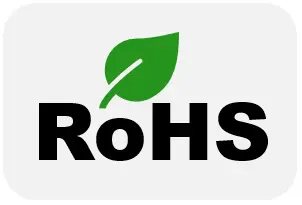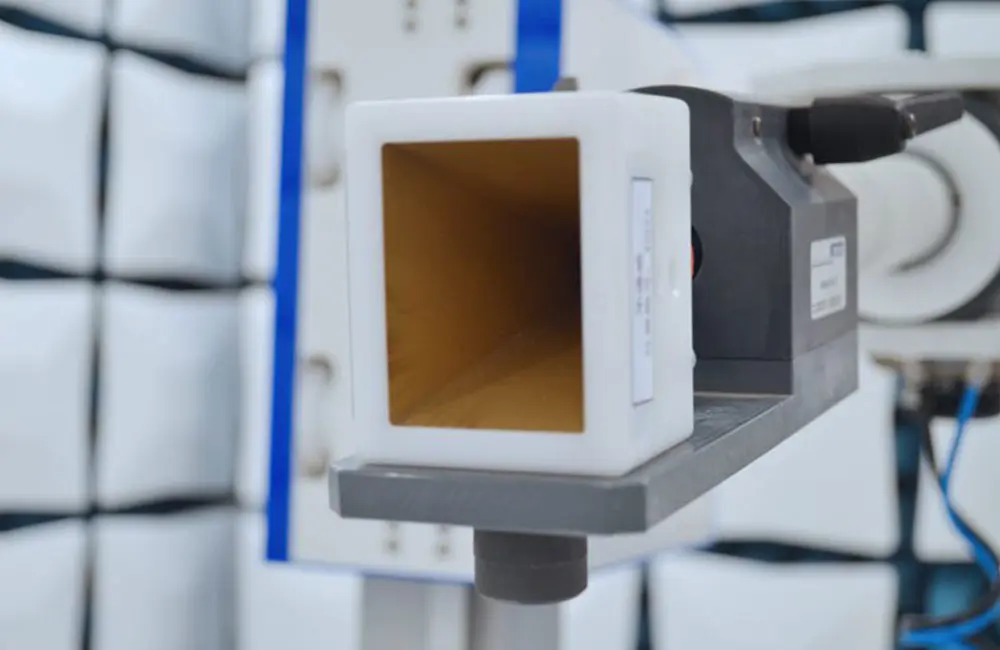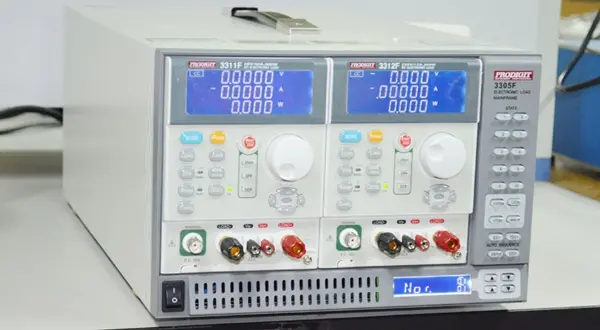
RoHS Certification Testing for Electronic Products
ROHS certification is requiRED for electronic and electrical products exported to the EU market, based on legislation set by the EU. Its fULl name is the "Directive on the Restriction of the Use of Certain Hazardous Substances in Electrical and Electronic Equipment." The directive, effective since February 13, 2003, and implemented on July 1, 2006, aims to regulate the material and process standards for electronic and electrical products, making them safer for human health and the environment.

Major Changes in RoHS Implementation:
1. 2006: The original RoHS standard limited six substances.
2. 2011: RoHS was upgraded to RoHS 2.0, expanding the scope of regulated products and requiring manufacturers of electronic and electrical equipment to issue an EU Declaration of Conformity and label products with the CE mark.
3. 2015: The EU published a revision to RoHS 2.0, adding four more restricted substances, with mandatory compliance by 2019.
Products Requiring RoHS Certification:
- Large household appliances
- Small household appliances
- Information technology and telecommunications equipment
- Consumer products
- Lighting equipment
- Electric tools
- Toys, entertainment, and sports equipment
- Medical devices
- Monitoring and control equipment
- Vending machines, etc.
Current RoHS Restricted Substances:
1. Lead (Pb)
2. Mercury (Hg)
3. Cadmium (Cd)
4. Hexavalent Chromium (CrVI)
5. Polybrominated Biphenyls (PBBs)
6. Polybrominated Diphenyl Ethers (PBDEs)
7. Di(2-ethylhexyl) phthalate (DEHP)
8. Dibutyl phthalate (DBP)
9. Benzyl butyl phthalate (BBP)
10. Diisobutyl phthalate (DIBP)
Email:hello@jjrlab.com
Write your message here and send it to us
 LED Lighting EMC Testing Service
LED Lighting EMC Testing Service
 EU REACH Compliance Testing Services
EU REACH Compliance Testing Services
 Electronic and Electrical Reliability Testing Serv
Electronic and Electrical Reliability Testing Serv
 Electronic & Electrical Safety Compliance Test
Electronic & Electrical Safety Compliance Test
 Shenzhen Electronic Electromagnetic Compatibility
Shenzhen Electronic Electromagnetic Compatibility
 How to Test IP68 Rating
How to Test IP68 Rating
 Differences Between FDA and LFGB for Food Contact
Differences Between FDA and LFGB for Food Contact
 Process and Precautions for Amazon CPC Certificate
Process and Precautions for Amazon CPC Certificate
Leave us a message
24-hour online customer service at any time to respond, so that you worry!




